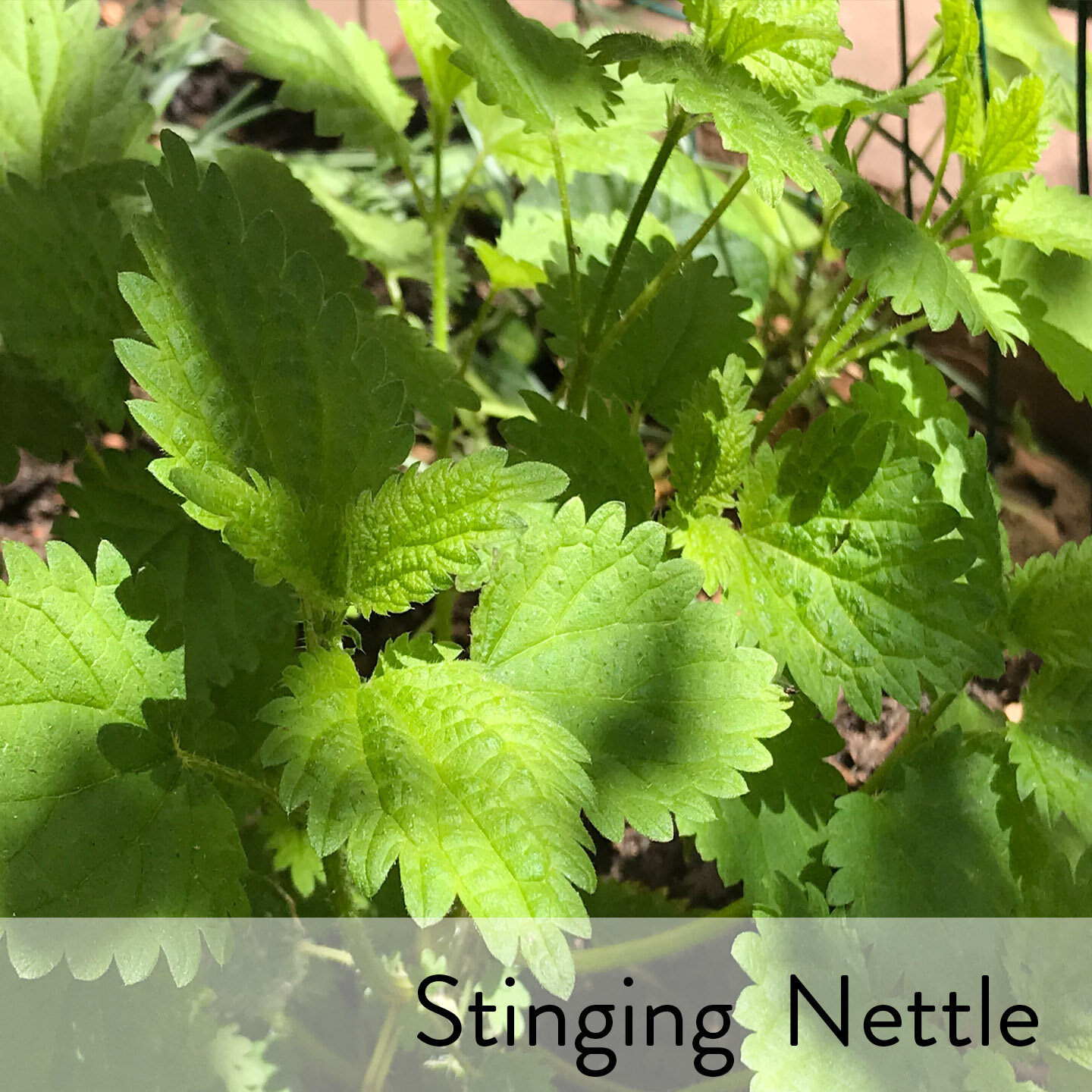Twelfth Night
In Twelfth Night, plants are pivotal in exploring themes of love and desire. The "love-in-idleness" flower, known for causing love at first sight, symbolizes the whimsical nature of romance, particularly in the chaotic relationships among the characters. Viola's disguise as Cesario complicates love dynamics, leading to unexpected feelings, especially in Olivia and Orsino. Additionally, the vibrant setting of Illyria, filled with lush greenery and blooming flowers, reflects the characters’ emotional landscapes and transformations. Time and again, plant imagery in the play underscores the unpredictability of love and the complexities of human relationships amid the comedic chaos.
Special thanks to longtime CSF supporter and thespian Chuck Wilcox for voicing the part of The Bard in our video series. Full production credits available here. All photos copyright Colorado Shakespeare Group except those in the public domain, published under Creative Commons (CC) licensing. For more information on (CC) artwork in this video, click here.
Enjoy this slideshow of the plants we have in our Twelfth Night Garden:









